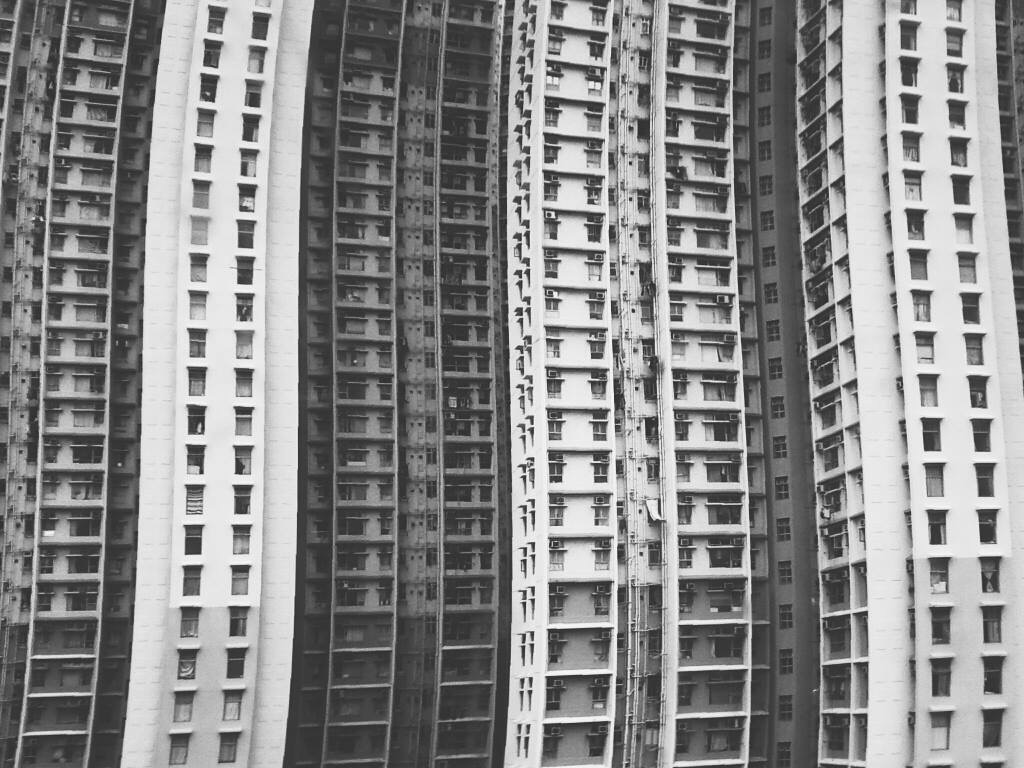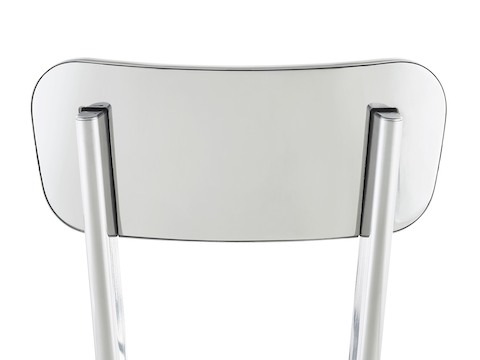
Creative Response | Rebus, Babylonian, Egyptian
Rebus

Hi, I’m JAR + JUNE (6 in the calendar).
Babylonian

Egyptian

Protected: Hyperessay | Scattered Light
Hyperessay | Artist and Artwork Selection
Artist: Jim Campbell was born in 1956 in Chicago, Illinois. He received degrees in both electrical engineering and mathematics from the Massachusetts Institute of Technology in Cambridge, Massachusetts in 1978, and is currently living and working in San Francisco, California. As an engineer, Campbell holds more than a dozen patents in the field of image processing and is currently working on HDTV-related products in a laboratory in California.
Artwork: Scattered Light, features nearly 2,000 LEDs encased in standard light bulbs, suspended within a support structure spanning 80 feet in length and standing 20 feet high and 16 feet wide creating a vibrant light grid across the center of Madison Square Park’s Oval Lawn. The LED bulbs, programmed to flicker scattered light, create the illusion of figurative images that explore and reflect the human experience amidst the urban landscape, creating the appearance of giant human shadows crossing a floating 3-D matrix of light. As one travels around the piece, the vantage point alters and the light figures begin to abstract, blurring the boundaries between image and object.
Supernormal
The concept behind Supernormal is to eliminate any “extras” from the object and focuses more on the functionality. The object is then reduced to it’s most form of simplicity. Instead of being completely disappointed and shocked by the fact that the aluminium stools Naoto Fukasawa had designed for the Milan Furniture Show in 2005 were plonked on the floor for people to sit on rather than being displayed on pedestals like the other new products , he embraced it fully which started the new art movement “Supernormal” with Jasper Morrison, a product designer. Where his views were much different on the whole incident at the Milan Furniture Show where the designer’s set of well designed aluminium stools could seamlessly blend into the environment. Jasper did not only praised about the furniture but also raved about how the stools are so subtle, yet distinctive. This is where, they started the movement of Supernormal together. This is also where the two designers share a common commitment to reinventing the principles of early modernism: technological innovation and fitness for purpose.
The design world has drifted away from normality; it has forgotten its roots and the basic notion that we designers are supposed to take care of the man-made environment and try to improve it. Super Normal is a bridge between the two worlds, an attempt to reunite them. (Jasper Morrison, 2006). In order to achieve Supernormal, the object’s visual aspects have to be less emphasized and the interaction between the object and the environment. One category is when you look at something normal and say, “That’s really normal”; these are the things that have permeated daily life, things in which we don’t find any element of design. (Naoto Fukasawa, 2006).
Naoto Fukasawa mainly focuses on the impacts on it’s users with solely it’s functionality. As his philosophy would state, “Achieve simpleness as a way to achieve completeness and harmonious relationship between users, objects, and environment.” (Nedgis, N.D). Fukasawa’s theory is basically, “Without Thought”. Where he puts mindfulness in the typical, commonplace ways individuals connect and live in the environment (Fukasawa, 2007). In this manner, his plans regularly spin around the oblivious, agreeable accord of individuals and things in its condition (Fukasawa, 2007). He regularly utilizes the expression “planning the oblivious”, gathering the need to center around our “center mindfulness” (Fukasawa, 2007). Perceptions at that point transform into expository separate of the each activity we make, having a “functioning memory” of each progression in our day by day errand (Fukasawa, 2007). His plans fuses human characteristics that plays with our normal learning of critical thinking. He utilizes shape, shading, surface in its most dense way in his design in the improvement of his shortsighted mechanical outlines for clients to have an instinctual learning of how and what the object is utilized for, stripping the requirement for a guideline manual (Fukasawa, 2007). He regularly utilizes the expression “planning the oblivious”, gathering the need to center around our “center mindfulness” (Fukasawa, 2007).
Jasper Morrison, empowering thoughts to surface, abstaining from making an “exterior” for the object, making things out of nothing. Rather, it is by monitoring what is as of now in the encompassing (Fukasawa, 2007). He portrayed Supernormal design as “absence of issues” (Fukasawa, 2007). The outline itself appear to have a facilitate that propose that the issue never truly existed, particularly lined up with Marcel Duchamp’s thought of “there is no arrangement on the grounds that there is no issue” (Fukasawa, 2007). There is a reasonable thought tapped onto the possibility of Supernormal design. They have positive climatic impact and naturally, they look intensely typical (Fukasawa, 2007). They are objects that we are so much familiar with and that we utilizes them without any consideration or hesitant. Supernormal design “plays on a more profound level of human sensibilities” as it charms to a regular information we as a whole have, in light of our mutual encounters. It is the experience of making sense of things with what we have and attempting to get by in our regular living environment (Fukasawa, 2007).






